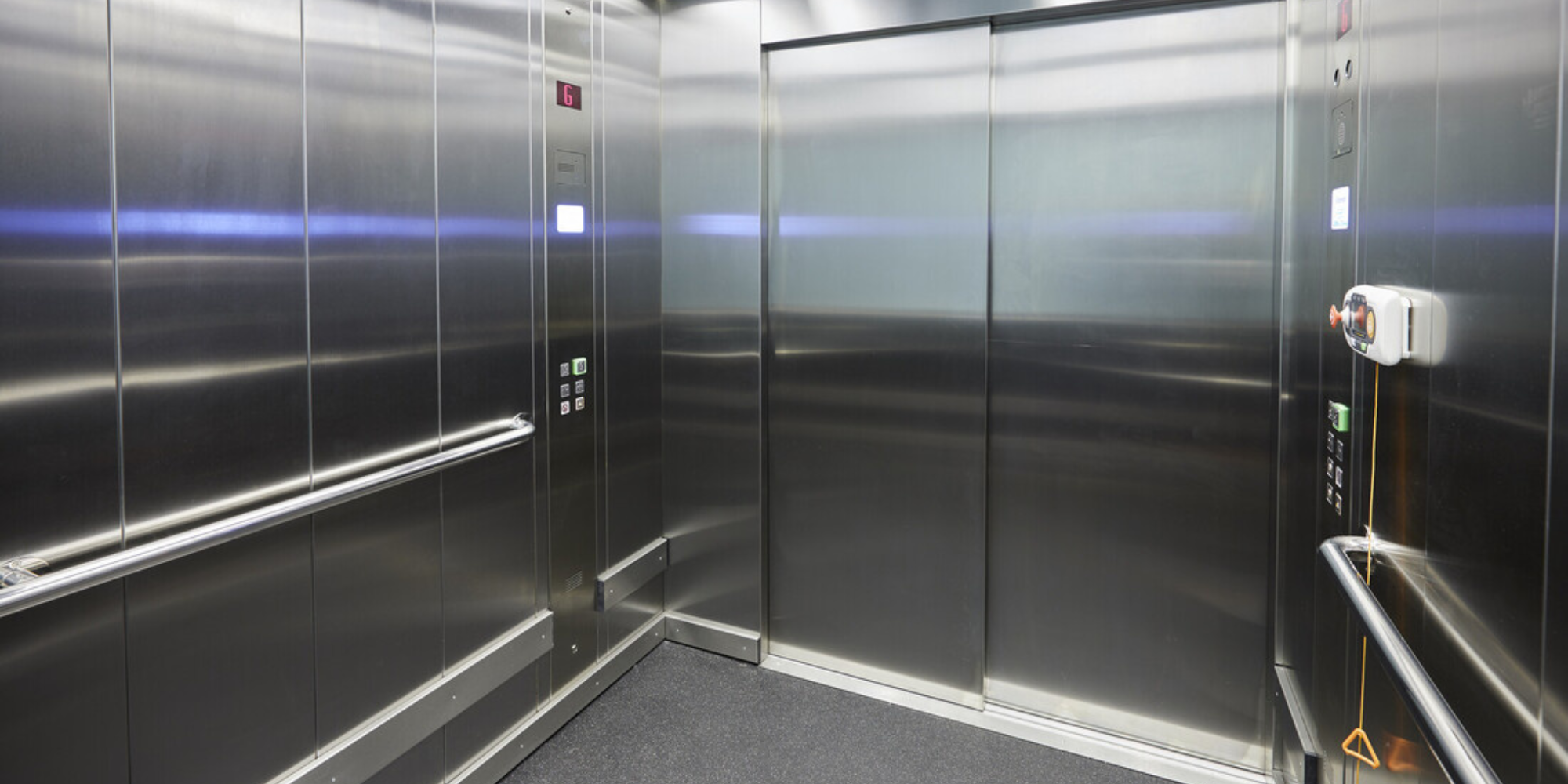Discover the most effective Disabled Platform Lifts Prices UK for Residential and Commercial Use
Discover the most effective Disabled Platform Lifts Prices UK for Residential and Commercial Use
Blog Article
Digging Into the World of Elevators: Usual Concerns Encountered by Different Lift Mechanisms
As we navigate through the upright transport systems of modern-day structures, lifts stand out as an indispensable element of our day-to-day lives. From hydraulic lifts to traction systems and machine-room-less designs, each lift type comes with its collection of common issues.
Hydraulic Elevators
Hydraulic elevators, typically favored for low-rise structures, use fluid stress to manage the motion of the lift auto (lift repair companies). This mechanism involves a hydraulic pump pressing oil into a cylinder, triggering the lift to move in the wanted direction. While hydraulic elevators are understood for their silent and smooth operation, they do come with their very own set of typical concerns
One prevalent problem with hydraulic lifts is oil leakage. The seals in the hydraulic system can use out over time, resulting in oil seepage. If left unaddressed, this not only produces a mess yet can also impact the lift's performance. Furthermore, concerns with the control system, such as damaged valves or a malfunctioning pump, can cause disturbances in the lift's movement.
Routine maintenance and timely fixings are important to ensure the smooth functioning of hydraulic elevators. By dealing with these usual issues proactively, building proprietors can minimize downtime and make certain the security and efficiency of their upright transport system.
Grip Lifts
When taking into consideration upright transport systems in buildings, an additional common type in addition to hydraulic lifts is the grip elevator. Grip elevators operate using a system of ropes and weights that relocate the lift car by clutching onto the hoist ropes. This system enables smoother and faster upright transportation compared to hydraulic systems.
One of the common concerns faced by traction elevators is rope wear. The consistent activity of the ropes within the traction system can bring about deterioration over time, potentially causing the elevator to breakdown or end up being harmful for use. Regular examinations and maintenance of the ropes are necessary to make sure the elevator's appropriate functioning and security.
One more problem that grip elevators may encounter is connected to the control system. Troubles with the control system can cause concerns such as erratic motion, hold-ups in response times, or even full shutdowns. Normal testing and maintenance of the control system are essential to stop such problems and ensure the lift's dependability.
Machine-Room-Less (MRL) Lifts

One of the key parts of MRL lifts is the compact gearless grip equipment that is mounted within the hoistway. This maker successfully drives the elevator automobile without the requirement for cumbersome tools found in conventional grip elevators. Furthermore, MRL elevators typically utilize a weight system to balance the auto, further enhancing their energy efficiency.
Despite their benefits, MRL elevators might deal with challenges connected to repair and maintenance as a result of the confined space for devices installment. Accessibility for servicing parts within the shaft can be limited, needing specialized training for professionals. Appropriate maintenance schedules and normal inspections are crucial to guarantee the ongoing smooth operation of MRL elevators.
Overloading and Weight Restriction Issues
Overwhelming and weight limitation problems are vital problems in lift operations. Lift manufacturers design lifts with certain weight abilities to ensure passenger safety and tools durability.
When lifts are overwhelmed, it places excessive strain on the motor, wires, and various other elements, possibly causing malfunctions or malfunctions. Security mechanisms such as sensors and overload sensors are in area to avoid elevators from moving if they detect excess weight. In addition, exceeding weight limits can bring about increased energy consumption and deterioration on the lift system.
To alleviate straining issues, building managers must prominently present weight limits in lifts and educate occupants on the relevance of sticking to these constraints - lift repair companies. Regular maintenance checks by qualified specialists can likewise help ensure that elevators are operating within safe weight parameters. By attending to overloading and weight limitation issues proactively, building proprietors can improve lift security and efficiency
Electrical System Failures
Exceeding weight restrictions in lifts can not just cause mechanical issues however additionally potentially add to electric system failures within the check my blog lift framework. Electrical system failures are a vital concern in elevator operation, as they can create unexpected shutdowns, breakdowns, or perhaps safety and security hazards. One usual electrical problem is the overheating of parts because of extreme existing circulation triggered by straining the elevator beyond its ability. This can cause harm to the control, electric motor, or wiring systems, resulting in costly fixings and downtime.
Normal maintenance and examinations are critical to determine and attend to potential electrical issues without delay, guaranteeing the efficient and secure procedure of lift systems. By sticking to weight restrictions and carrying out regular electric system checks, structure proprietors can mitigate the threat of electric failures in elevators.
Conclusion

Hydraulic elevators, usually chosen for low-rise buildings, use fluid pressure to regulate the movement of the elevator vehicle.When considering upright transport systems in buildings, an additional common kind apart from hydraulic lifts is the traction lift. Grip elevators operate using a system of ropes and counterweights that move the lift vehicle by grasping onto the hoist ropes. Unlike conventional elevators that require a separate machine area to house the equipment, MRL elevators incorporate many of the elements within the shaft, removing the requirement for a devoted maker space.In conclusion, elevators encounter usual concerns such as hydraulic malfunctions, traction system failures, and electrical system troubles.
Report this page